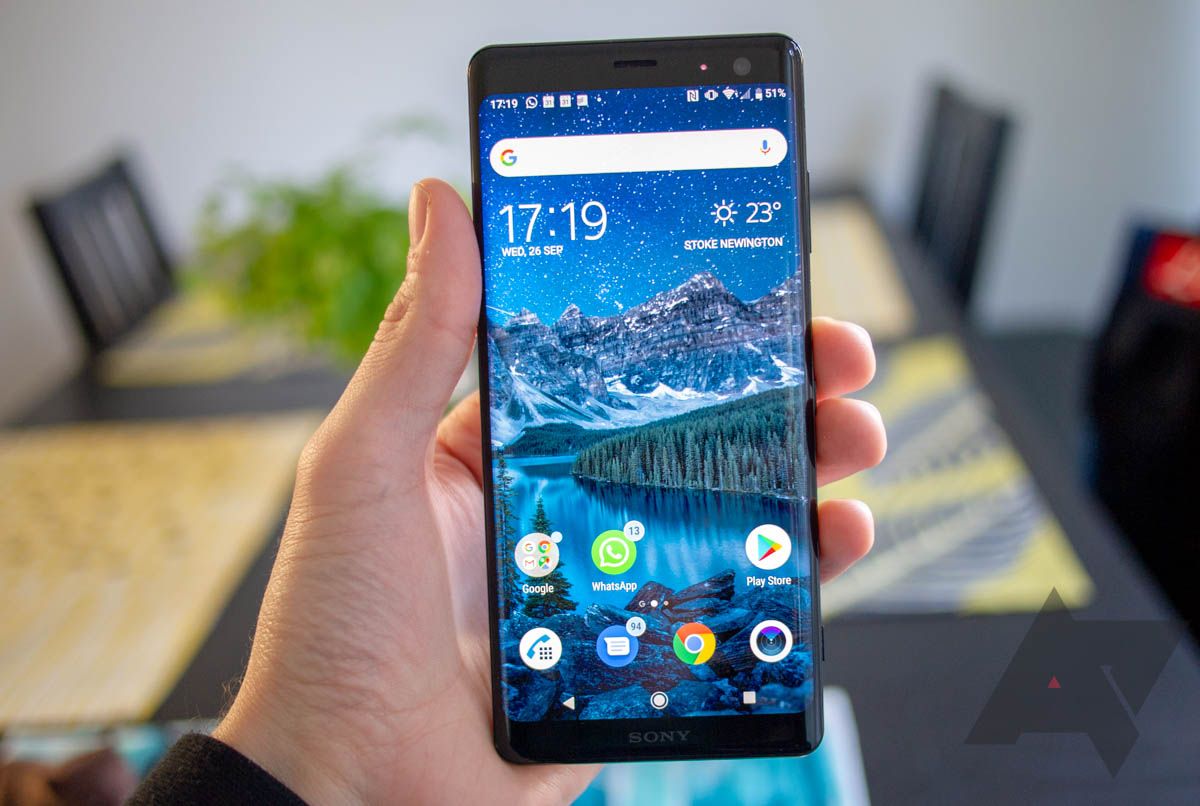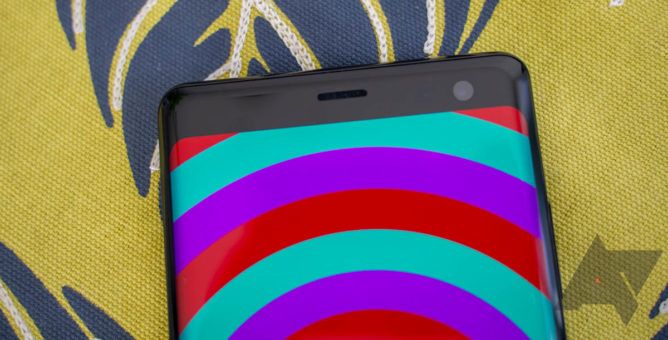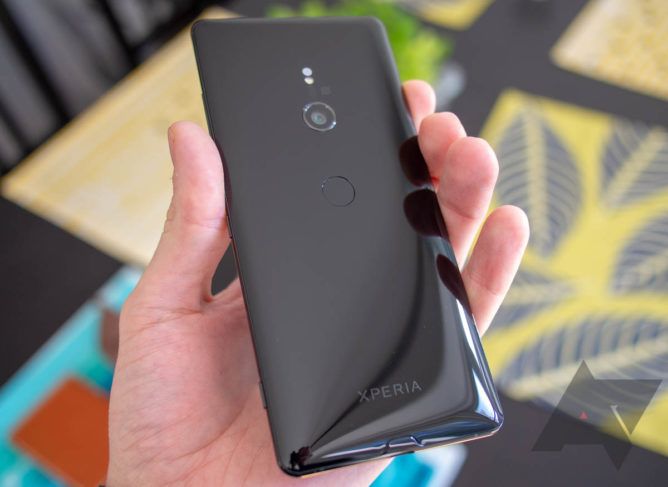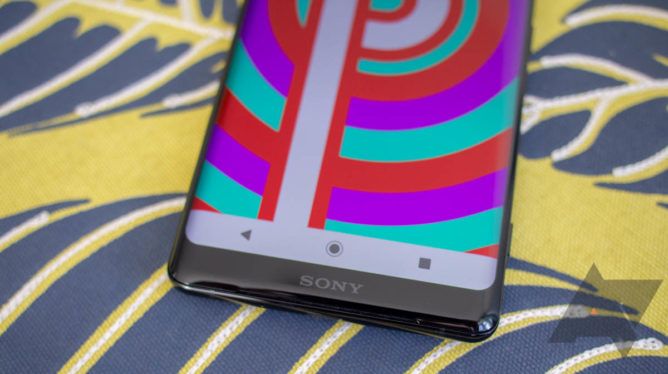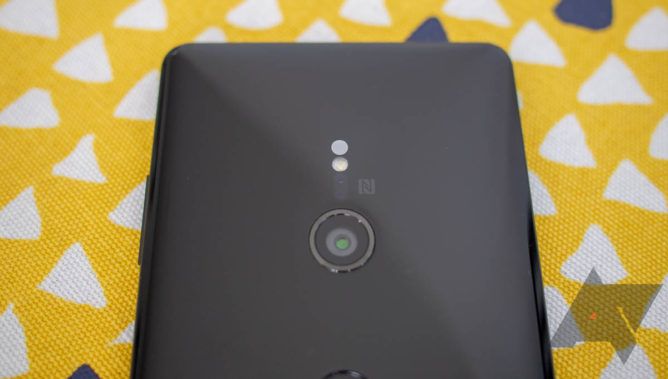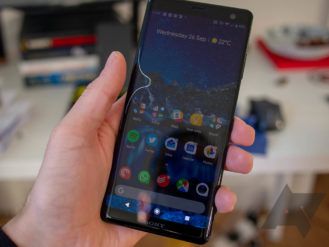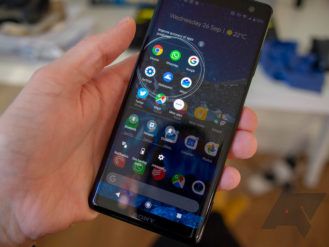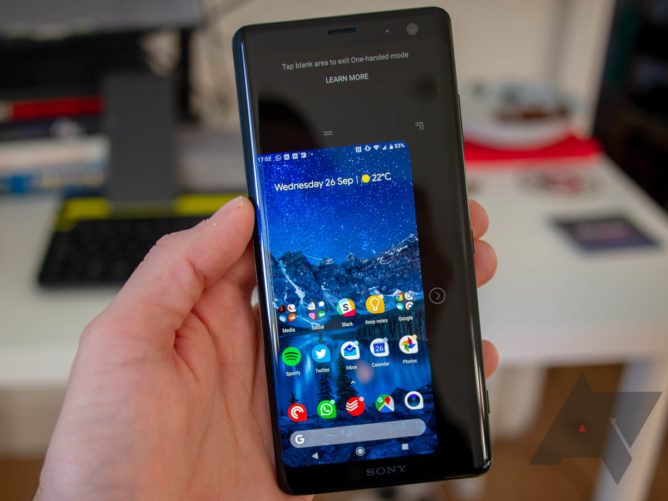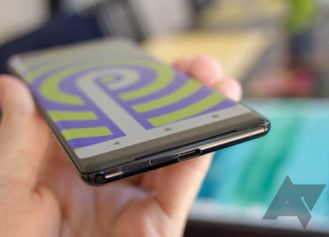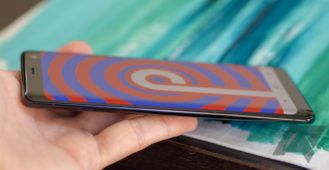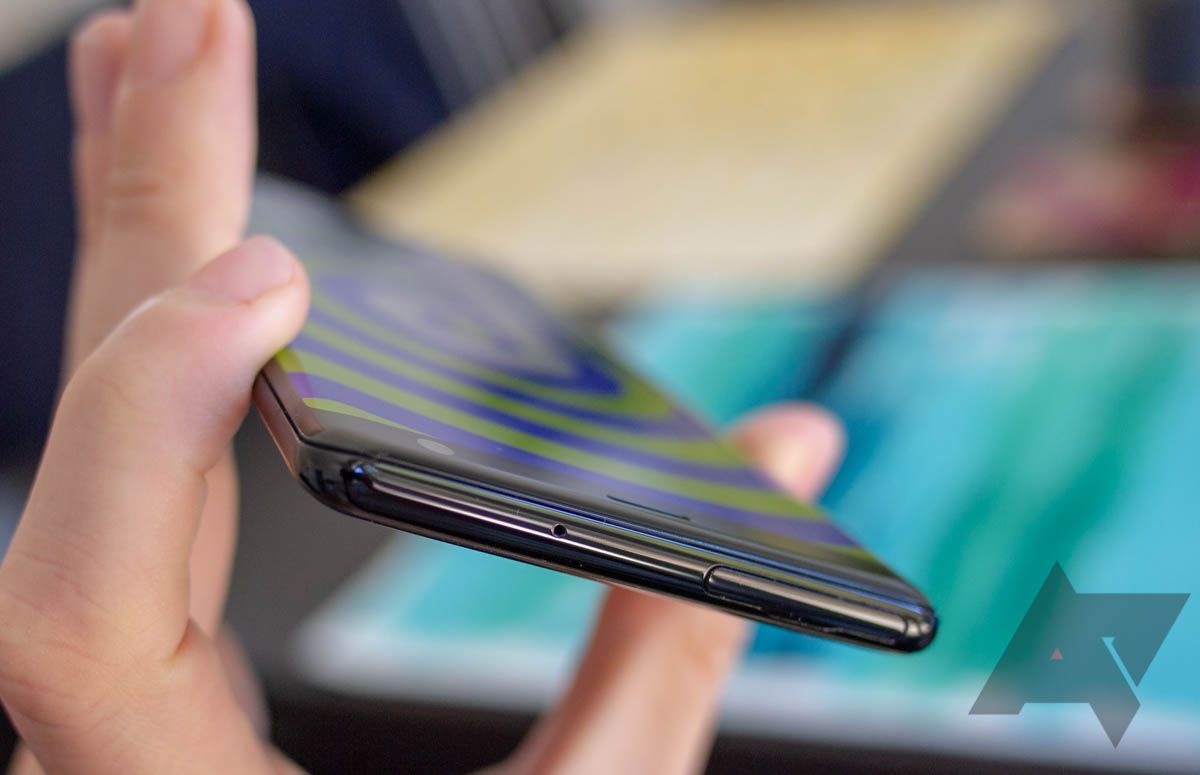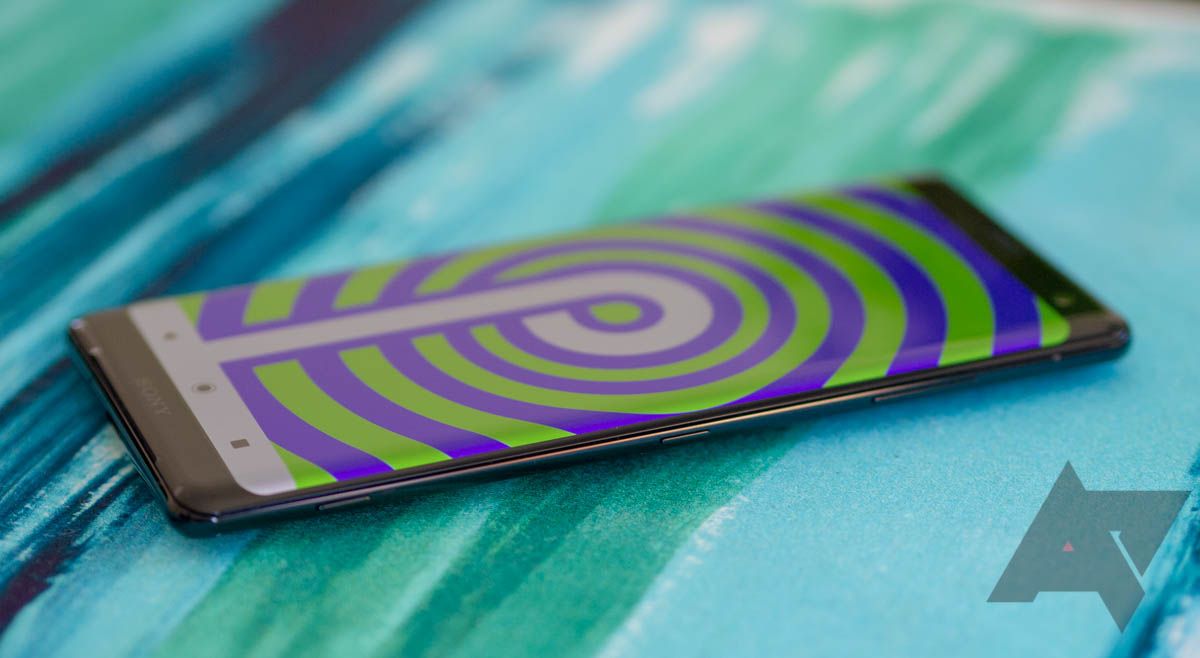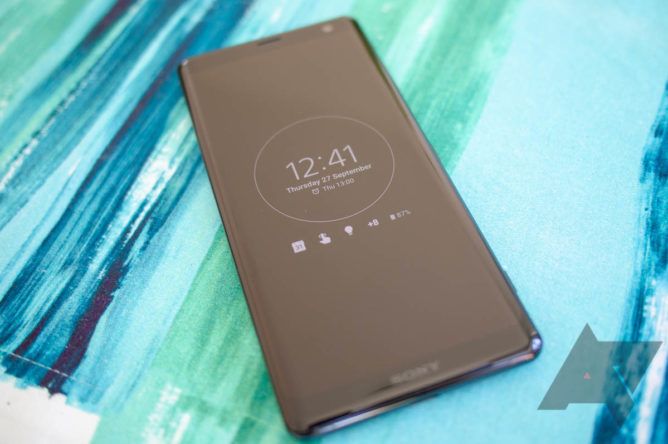For several years now, Sony fans and critics have been calling for the Japanese company to move away from its boxy, dated hardware design language and join its rivals in releasing a modern Android smartphone. When the Xperia XZ2 and XZ2 Compact arrived at MWC 2018 in February, we hailed them as a small step in the right direction. Curved glass and greatly reduced bezels around an 18:9 screen combined with high-end internals and a relatively stock treatment of Android — a recipe that was also followed for the overpriced XZ2 Premium that came in the summer.It’s somewhat surprising that we’re talking about another flagship Sony phone so soon, yet the Xperia XZ3 stole the show at IFA 2018 and goes on sale at the beginning of October, just six months after the XZ2 was released and three months after the XZ2 Premium. The big question, then, is whether there are enough new features here to warrant a brand new product. At first glance, it may appear as though that’s not the case, but with Sony’s first smartphone OLED display, an upgrade to Android 9 Pie, and another refinement to the design, I think the Xperia XZ3 is worth a closer look.
SPECS
|
OS |
Android 9 Pie |
|
Display |
6.0”, 18:9 OLED QHD+ (2880 x 1440) TRILUMINOS Display, HDR up-conversion |
|
Processor |
Qualcomm Snapdragon 845 |
|
RAM |
4GB |
|
Storage |
64GB (MicroSD expandable up to 512GB) |
|
Rear Camera |
19MP Motion Eye with 1/2.3" Exmor RS sensor, 4K HDR video, 960fps slow-motion |
|
Front Camera |
13MP with 1/3.06" Exmor RS, 23mm wide-angle lens |
|
Battery |
3,330mAh |
|
Connectivity |
GSM GPRS, UMTS HSPA+, LTE Cat18, GPS, WiFi, Bluetooth 5.0, NFC, USB C 3.1 Gen 1 |
|
Audio |
Stereo front-facing speakers, High-Resolution Audio (LPCM, FLAC, ALAC, DSD), DSEE HX, LDAC, aptX HD audio |
|
Other |
IP65/68 rating, wireless charging, USB PD fast charging |
|
Headphone jack |
No |
|
Dimensions |
158 x 73 x 9.9 mm |
|
Weight |
193g |
|
Colors |
Black, White Silver, Forest Green, Bordeaux Red |
|
Price |
THE GOOD
|
Display |
Sony's first smartphone OLED panel is stunning, rivaling even the best displays from Samsung. |
|
Design |
The best ever in a Sony phone. Refined and modern, it will look good next to anything else. |
|
Software |
It will be the first phone to go on sale with Android 9 Pie, even ahead of the Pixel 3, and without too many customizations either. |
THE NOT SO GOOD
|
Camera |
Much improved, but still not quite on par with the best smartphone cameras out there. |
|
Software again |
Android Pie is less impressive on a non-Pixel, and there are some questionable additions from Sony, as well as a little bloatware. |
|
Battery life |
Will mostly get you through the day, but sometimes it’s a little too close for comfort. |
|
Price |
Far too expensive in the US at $899. |
Design, hardware, what’s in the box
The XZ3 has been described as iterative in its design when compared with the XZ2, but I don’t think that tells the whole story. Yes, it looks practically identical on the back — aside from a small section near the USB-C port where the aluminum frame cuts into the glass — but it’s a very different beast on the front. Before you even turn the screen on, it’s clear the bezels have shrunk considerably, most notably on the chin. The Sony logo is still there, but it’s arguably less conspicuous than before. With smaller bezels and the corners of the display being rounded, the XZ3 is now in the realm of competitors like the Samsung Galaxy S9 and Google Pixel 2 XL.
On the edges of XZ2, the screen stopped before the glass curved, but here we see the display goes right into the curve. This makes for an even more Samsung-like look, and even though the discoloration at the edge is a little off-putting when you have white content on the screen, it’s hard to say it’s not a pretty device. It’s also worth noting that Sony has thus far shunned the dreaded notch, which will be a welcome decision to many a vocal detractor. The XZ3 is also slimmer than its predecessors (1.2mm over the XZ2 and 2mm over the XZ2 Premium), another reason if feels much nicer in the hand.
This is Sony’s first ever OLED display in a smartphone, and it’s fair to say the fanfare surrounding it is merited. It’s a gorgeous, bright panel, 6 inches diagonally with a QHD+ resolution of 2880x1440. That may be overkill on a screen of this size, but with accurate colors and HDR upscaling capabilities, everything you look at on the XZ3 looks incredible. The display here is miles better than the LG-made panel on the Pixel 2 XL, and it would seem to hold up well against those made by Samsung for its flagships like the S9 and Note9. I found the default settings to my liking, but there is also a Professional mode for authentic color and contrast or Super-vivid mode for those who prefer more pop. The white balance can also be customized.
Flip the device over, and you’re met with a familiar glass back, and if I were to buy this phone I’d immediately put a case on it. That said, I haven’t used one and the Gorilla Glass 5 on the rear has held up well. It can be rather slippery, depending on the amount of moisture on your hands, but even after dropping it a couple of times, there are no discernable chinks in its armor.
The placement of the fingerprint scanner is once again a cause of mild annoyance — it’s way too low down — but I must admit I got used to it pretty quickly. Since the camera is slightly raised and the scanner is ever so slightly recessed, it’s easy to gravitate towards the former, to begin with. A case might even act as a handy guide for your finger when trying to find the scanner, which, incidentally, is not as fast to unlock as I would like it to be. As far as fingerprint marks on the glass go, this black model has faired pretty well compared to other similarly constructed phones I’ve used.
In the box, aside from the phone, you get a charger (UK version is 5V/1.5A, so no fast charging), USB-A to C cable, and a USB-C to 3.5mm headphone jack adapter. The retail version will also have a pair of Type-C earbuds, although my early review unit didn’t include those so I can’t speak for their quality.
Camera samples
The XZ3 has only a single camera on the rear — a 19MP Motion Eye 1/2.3" Exmor RS sensor, 1.22 μm, f/2.0, hybrid autofocus — but Google’s Pixel phones have proven that is not necessarily a handicap. Sony is well known for making excellent sensors but usually falls down when it comes to processing. The camera on the XZ3 is Sony’s best attempt yet.
Outside in the sun is where this camera is at its best. There’s a good amount of detail, color reproduction is pretty spot on, and the dynamic range is impressive. EIS will have to make do, as Sony still doesn’t include OIS. Indoors or in low light, noise becomes a slight issue, but it by no means ruins photos completely. Bokeh shots are a bit hit and miss, depending largely on the distance between the subject and the background, and even then still occasionally failing to make a clear distinction. Front-facing portrait mode snaps are far too aggressive with the default artificial beautification settings.
The XZ3 offers 1080p recording at 960fps which is better than any other OEM else can boast. Conditions including lighting need to be absolutely perfect, and you have to be precise with your timing to catch the right moment (see below). 4K HDR video recording is also possible, but without any form of stabilization.
Joining AI features such as predictive capture and scene selection, 'smart launch' makes its debut here. If you pull the phone out of your pocket and raise it into a photo-taking position (in landscape only), it should be able to assume you want to take a photo and launch the camera. In reality, it was pretty inconsistent so I would stick to using the dedicated hardware key. The camera app UI has been simplified, and there is also a manual mode that can be used for more aggressive HDR as well as more control in general.
Should you buy it?
Perhaps — depending on where you live. Pricing for the XZ3 is honestly quite perplexing. In the UK, it will cost £699, £100 less than the MSRP for the Pixel 2 XL, which seems pretty fair. In the US, however, it will go for $899, and that’s $50 more than the Pixel 2 XL for the same 64GB of storage. Take into account that it will be €799 elsewhere in Europe and it appears Sony’s conversions are rather arbitrary, making it a good deal in some regions but extortionate in others. If you live in the US, there’s little reason for you to buy this over cheaper/better rivals — so that’s a disappointing pricing decision from Sony. At least if you order it from Amazon, you'll get a free Xperia Ear Duo. Regardless of where you live, you should probably wait a few weeks and see how the new Pixels are priced.
If you live in the US, there’s little reason for you to buy this over cheaper/better rivals.
In many ways, the XZ3 is a joy to use, but there are certain software quirks that count against it. Sony doesn’t mess around too much with Android 9 Pie, although there are notable differences compared to the version of the OS that you’ll get on a Pixel — most notably, the Overview screen, which is unchanged since Oreo on the XZ3. There’s a small amount of bloatware that can be disabled but not uninstalled.
Side Sense is simply not worth bothering with.
The most heinous crime on Sony’s part is the attempt to ape HTC’s Edge Sense feature with its own 'Side Sense.' With the edges of the display now curved, it’s possible to double tap that area of the screen to bring up a customizable mini launcher or slide your finger down to go back to the previous screen. Neither works well, both trigger accidentally, and I turned them off on day one. Some software additions are more welcome: the XZ3 is a very tall phone, so swiping left or right on the navigation bar to shrink it down with One-handed Mode proved useful at times (see below).
Overall, performance is pretty smooth, as well you’d expect from a Snapdragon 845 SoC and 4GB of RAM. I did notice occasional slow-down with certain animations, and in particular when using the camera app, but Sony assures me that’s down to my unit being a pre-production sample. I’ll try to test a final retail model and update this review if I think that’s been sorted out. Other disappointing things I noticed in daily use are what appears to be a less than perfect oleophobic coating on the screen and strange feeling haptics, but they might also be down to this not being a final product.
Audio is an area where the XZ3 mostly excels — it supports a variety of hi-res audio formats, and the front-facing stereo speakers are pretty beefy for a phone. As I said before, USB-C earbuds should be included in the retail version, so if they’re half decent, that will be a real plus. Sony is still pushing the Dynamic Vibration system that analyses audio data and then vibrates along with the sound, but I didn’t think much of it.
I have no complaints when it comes to basic smartphone abilities, such as call and signal quality. I have found myself wishing for slightly better battery life, however. It was able to last all day throughout my time using the phone, but there were a couple of days where it was touch and go while I was out and about in the evening. I've only been getting around 4 hours of screen-on time per day, and that's far less than I had hoped for.
While it's by no means perfect, I can certainly say I enjoyed using the Xperia XZ3 as a daily driver. I’ve been using a Pixel 2 XL for most of the year, but once I’d tuned the experience to my liking, the XZ3 didn’t really feel a whole lot different. For long-time Sony fans, this will be a worthy update, but I also expect it to pique the interest of a few people who may have written the company off entirely in recent years.
Buy it...
...if you live in Europe, hate notches, and want a decent flagship phone with a stunning OLED display. It’s also the first device to be released with Android 9 Pie, even before the Pixel 3.
Don’t buy it...
...if you live in the US, like notches, want the best smartphone camera money can buy, and stellar battery life is a must.
Where to buy
US - 9
UK - £699
Europe - €799

